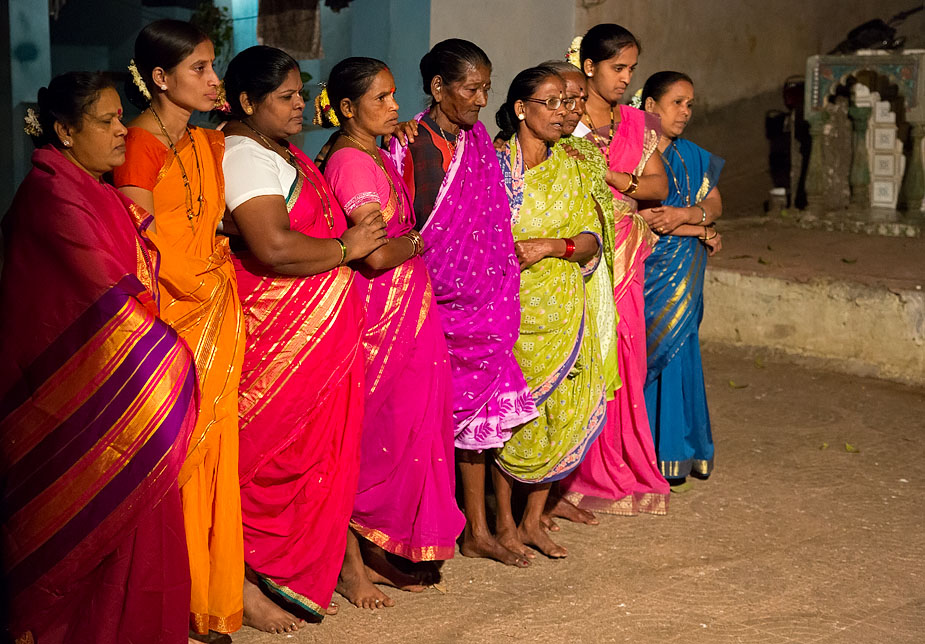
Goa, celebrated for its breathtaking landscapes and vibrant culture, is also a treasure trove of traditional art forms that narrate its rich heritage. Among these, Dhalo holds a special place as a mesmerizing folk dance performed by the women of Goa. Rooted in the agrarian lifestyle, this graceful dance is more than entertainment; it embodies community, tradition, and spiritual connection.
The Origins and Significance of Dhalo
Dhalo is a ritualistic dance primarily performed by women in rural Goa during the lunar month of Pausha (December–January). It symbolizes fertility, invokes blessings for a good harvest, and promotes the well-being of the community. Historically, Dhalo emerged from the agrarian practices of Goan villages, where it served as a way to celebrate nature’s abundance and express gratitude to deities.
The History of Dhalo Dance
This traditional folk dance dates back centuries, often performed during festive occasions like Makar Sankranti. With roots deeply entrenched in rural communities, Dhalo celebrates unity, harmony, and cultural vibrancy. Through its semi-circular formations and Konkani songs, it highlights themes of love, mythology, and the bond between humanity and nature.
A Glimpse into the Dhalo Dance Form
The Dhalo performance is a visual delight, exuding elegance and poise. Women dressed in traditional sarees form two parallel rows, facing each other. Holding hands, they move in unison, creating intricate circular patterns to the rhythm of folk songs known as oviyos. These songs, sung by the dancers, often revolve around daily life, love, nature, and mythology, enriching the performance with lyrical storytelling.
What sets this folk dance apart is its deliberate and graceful movements. The dancers take measured steps, slightly bend their knees, and sway gently to the rhythm. This calm and serene choreography distinguishes it from the more energetic folk dances of the region, showcasing the elegance and depth of Goan traditions.
Ritualistic Aspects of Dhalo
Preservation and Contemporary Relevance
In modern times, people actively work to preserve and promote this folk dance as an essential part of Goa’s cultural identity. Cultural organizations and festivals now feature Dhalo performances, introducing this beautiful tradition to wider audiences. Additionally, younger generations actively learn and participate in the dance, ensuring its survival despite changing times.
The Legacy of Dhalo: Goa’s Cherished Tradition
Dhalo is not merely a performance; it’s a celebration of life, community, and the enduring cultural spirit of Goa. The vibrant attire, rhythmic movements, and heartfelt songs of Dhalo showcase the unity and harmony of Goan villages.
Visitors and locals alike experience a profound connection to Goan traditions when they witness a this folk dance performance. It’s a reminder of the timeless beauty of folk art and the importance of preserving it for generations to come.

